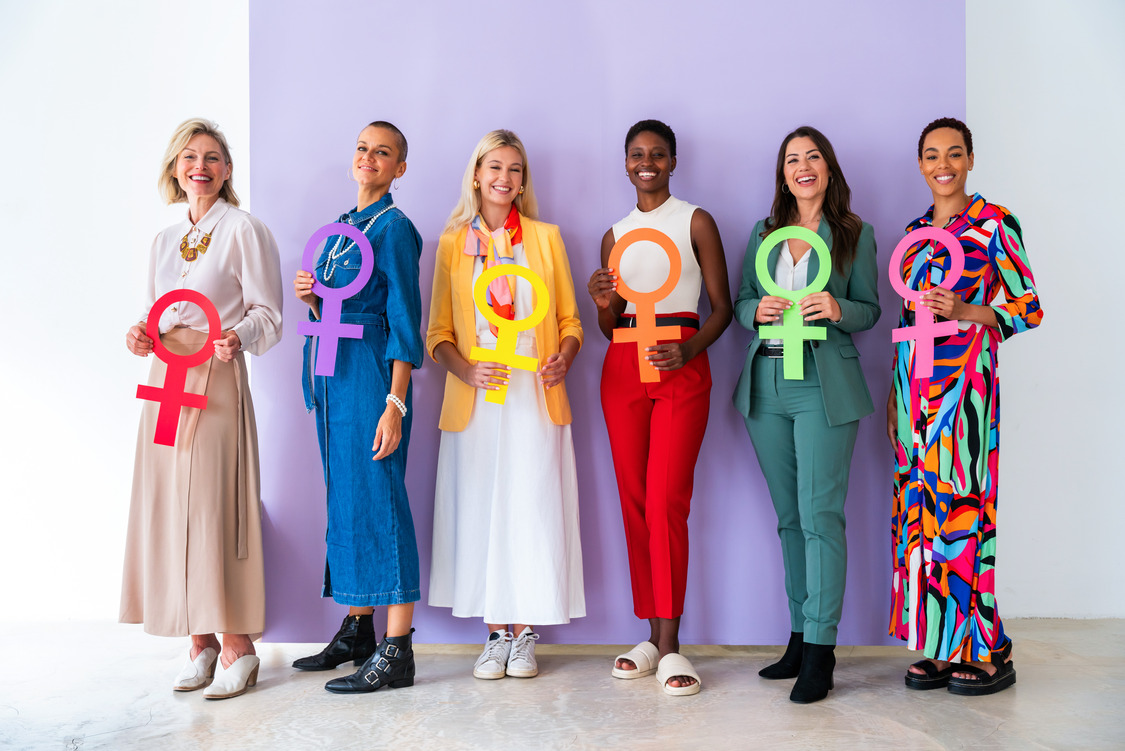Gender roles within families have undergone significant transformations over the years. This article explores the evolution of gender roles in modern families, shedding light on the breaking down of stereotypes and the implications for society as a whole.
In the not-so-distant past, traditional gender roles defined the roles and responsibilities of men and women within the family. Men were typically seen as the breadwinners, while women were expected to be homemakers and caregivers. However, as society has evolved, so too have our perceptions of gender roles within the family unit. In this article, we will explore the changing landscape of gender roles in modern families and discuss the implications of breaking down traditional stereotypes.
The Shift Away from Traditional Roles
One of the most noticeable changes in modern families is the shift away from rigidly defined gender roles. Women have made significant strides in the workforce, with many becoming primary breadwinners or pursuing careers outside the home. Men, in turn, have taken on more active roles in parenting and household chores. This shift reflects a more equitable distribution of responsibilities within families.
Challenges and Opportunities
While breaking down traditional gender roles is a positive step toward gender equality, it also presents challenges. Some families may grapple with societal expectations and cultural norms that still promote traditional roles. Additionally, balancing work and family responsibilities can be a source of stress for both men and women. However, this shift also opens up opportunities for personal growth, greater flexibility in family dynamics, and the chance to challenge harmful stereotypes.
Benefits for Children
Children raised in families with flexible and egalitarian gender roles may benefit from a more balanced perspective on gender. They are less likely to internalize rigid stereotypes about what it means to be a man or a woman. Exposure to diverse role models within the family can promote empathy, understanding, and acceptance of different ways of being.
Embracing Diversity
Modern families come in all shapes and sizes, and gender roles within these families can vary widely. Same-sex couples, single parents, and blended families challenge traditional notions of gender roles even further. Embracing this diversity is essential for fostering a more inclusive and accepting society.
The Role of Education and Media
Education and media play a significant role in shaping our perceptions of gender roles. Schools and educational programs should promote gender equality and provide resources for students to explore their interests and talents without limitations based on gender. Similarly, media representation should strive to break free from outdated stereotypes and present a more diverse and realistic portrayal of families and relationships.
The Intersection of Gender and Culture
It’s important to recognize that the evolution of gender roles is influenced by cultural factors. Different cultures may have varying expectations and norms regarding gender roles within the family. Understanding and respecting cultural diversity is crucial when discussing this topic.
Conclusion
The evolution of gender roles in modern families represents a positive step toward greater gender equality and inclusivity. By breaking down traditional stereotypes and embracing diverse family structures, we can create a more accepting and equitable society. Education, open dialogue, and challenging outdated norms are essential tools in this ongoing transformation.…


